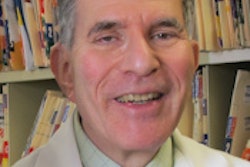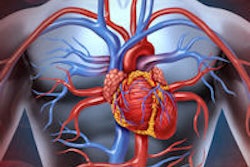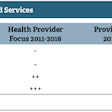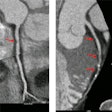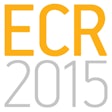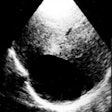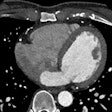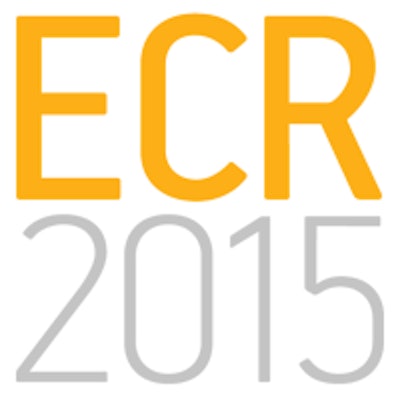
VIENNA - "Personalized medicine" is quickly becoming overused, with many institutions even starting to rebrand themselves using the phrase. It's often associated with genomics, but that's a mistake; instead, radiologists should focus on hitting a screening sweet spot, according to a presentation at ECR 2015.
"I have to admit -- and I'm not sure how you feel about it -- but personalized medicine, the term, I really dislike nowadays because I feel it is so overused and everybody is talking about it," said presenter Dr. Fabian Bamberg, associate chair of the radiology department at the University of Tübingen in Germany. "But on the other hand, I think it really bears a great opportunity for us as imagers, because what we do for ages is look at subpopulations of patients and determine the extent of disease and the presence of disease."
Personalized medicine, which can involve genomics, is really the customization of healthcare that accommodates individual differences as far as possible at all stages in the process, from prevention through diagnosis and treatment to post-treatment follow-up, according to the European Science Foundation.
In essence, it's getting the right treatment to the right patient at right time. It does not mean the creation of drugs or medical devices that are unique to a patient, contrary to popular belief.
Bamberg said he thinks there's a great opportunity on the horizon to use screening in the realm of personalized medicine. In the current disease model, there's the onset of disease, which is detectable by a test, or there are signs and symptoms, and then death.
Sometime in between the onset of disease and death, something is growing. "At some point it's detectable by our test and at some point of time there are symptoms," he said. The symptoms are what usually bring the patient into the clinic, but there's also a huge preclinical phase where the disease is developing, and that's where screening comes in.
"The detectable preclinical phase is the phase where we as imagers should be able to detect early stages of the disease," he said. "That would be the great effect of our screening intervention."
Bamberg proposes detecting disease early, but the timing is tricky: If patients are screened too early, nothing is detectable, but if they are screened too late, nothing can be done to alter the outcome of the disease. Hitting the sweet spot in the preclinical stage of disease is crucial for personalized medicine because the patient can be treated, or at least risk factors in the population can be modified to have a better outcome in the future, he added.
That's currently how imaging is conducted in oncology, but there's also a great opportunity for screening to determine the genetic or environmental predisposition for disease, he said. And, of course, screening can detect the early stages of disease, which would open up a new field of imaging, because until now treatment has always happened at the later stage.
The model Bamberg describes coincides with the World Health Organization's (WHO) view, which has said there needs to be a shift in the way medicine is approached. Currently, the patients who end up in the hospital have symptoms, they get treated, and they get diagnosed, but this model is not the perfect way to think about it from a population-based perspective.
"It would just be better to shift as shown here the distribution toward identifying risk constellation -- that would really improve the general outcome of our population and the whole Western world," Bamberg said.


